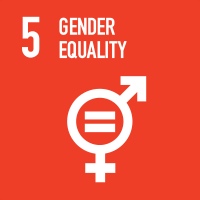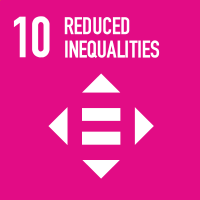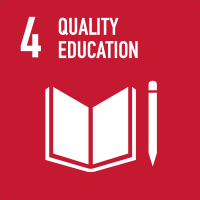Studying at the University of Verona
Here you can find information on the organisational aspects of the Programme, lecture timetables, learning activities and useful contact details for your time at the University, from enrolment to graduation.
Study Plan
The Study Plan includes all modules, teaching and learning activities that each student will need to undertake during their time at the University.
Please select your Study Plan based on your enrollment year.
1° Year
| Modules | Credits | TAF | SSD |
|---|
2° Year activated in the A.Y. 2024/2025
| Modules | Credits | TAF | SSD |
|---|
3° Year It will be activated in the A.Y. 2025/2026
| Modules | Credits | TAF | SSD |
|---|
| Modules | Credits | TAF | SSD |
|---|
| Modules | Credits | TAF | SSD |
|---|
| Modules | Credits | TAF | SSD |
|---|
Legend | Type of training activity (TTA)
TAF (Type of Educational Activity) All courses and activities are classified into different types of educational activities, indicated by a letter.
Professional Laboratories (2nd year) [Gruppo 3] (2024/2025)
Teaching code
4S000105
Teacher
Coordinator
Credits
1
Language
Italian
Scientific Disciplinary Sector (SSD)
MED/45 - NURSING
Period
1° e 2° semestre (corsi annuali) PROFESSIONE SANITARIE dal Oct 1, 2024 al Sep 30, 2025.
Courses Single
Not Authorized
Learning objectives
The clinical simulation has the purpose to let the students learn some organizational, technical-practical and relational skills in safe setting. Moreover clinical simulation is aiming at develop in the student the problem solving ability using case method and role-playing . Using clinical simulation may reduce the emotional impact in dealing with patents’ real situation experienced by the nursing students in clinical setting. Also, the clinical simulation offers to the students the opportunity to train and apply theoretical principles to clinical practice. The clinical simulation activity happens in equipped settings, where a tutor or an expert nurse guides a small group of students.
Prerequisites and basic notions
No prerequisites required
Program
Theoretical framework: 1. Definition and importance of the;professional portfolio; for the nursing profession 2. Objectives of the professional portfolio: critical reflection and evaluation of knowledge, skills and abilities acquired 3. Portfolio: beyond the CV 4. The portfolio: a training tool to be built Construction of the tool: 1. The portfolio tool: structure and layout 2. Identification and collection of documentation and materials 3. Construction of the portfolio page relating to the internship in homogeneous groups per internship Conclusions: importance of critical reflection 1. The professional portfolio and career building 2. Critical reflection to identify strengths and weaknesses and to identify opportunities for professional growth.
Bibliography
Didactic methods
The course is characterized by frontal lessons (face-to-face meetings), online meetings and self-learning activities
Learning assessment procedures
The evaluation is done on the basis of the report delivered by the students at the end of the course
Evaluation criteria
Evaluation criteria: relevance, coherence and organization of the text, in-depth analysis of the theme
Criteria for the composition of the final grade
Approved/not approved
Exam language
italiano



